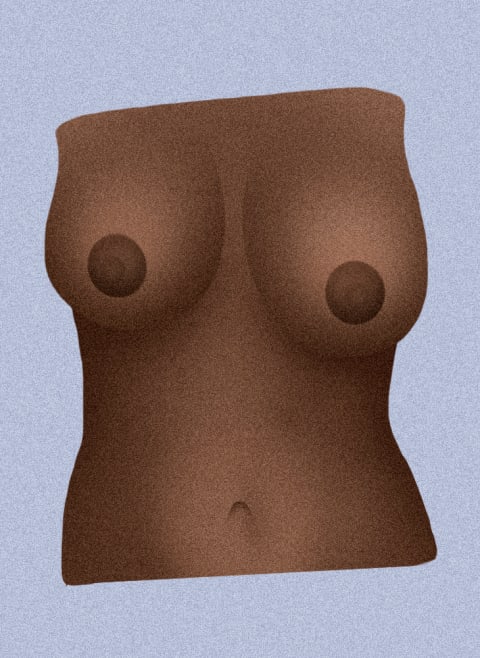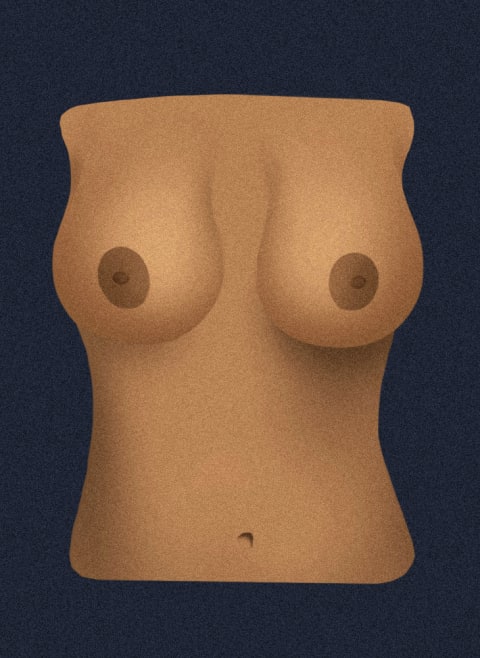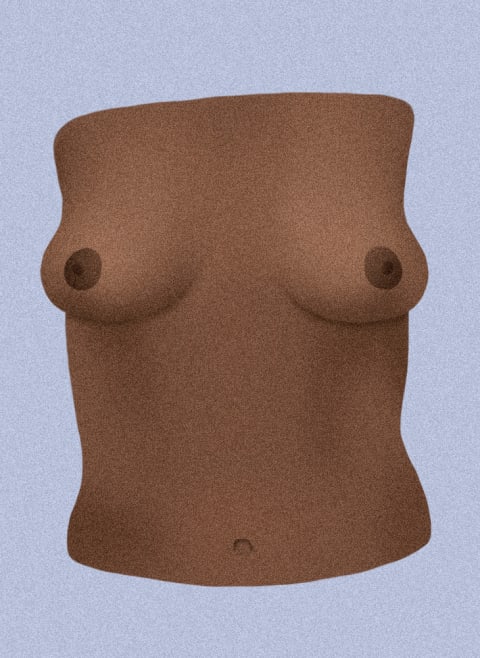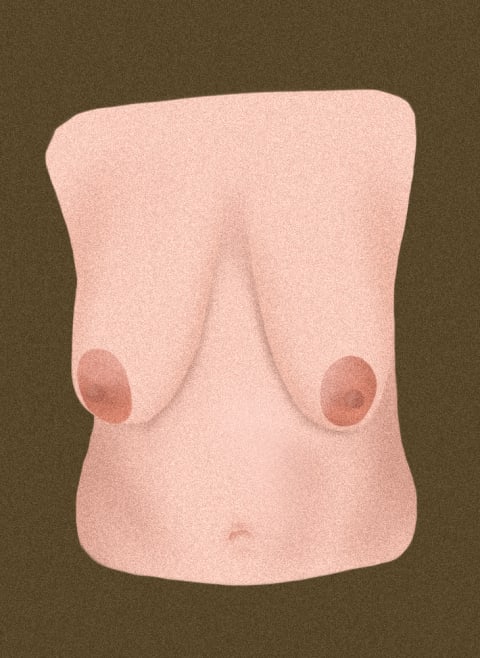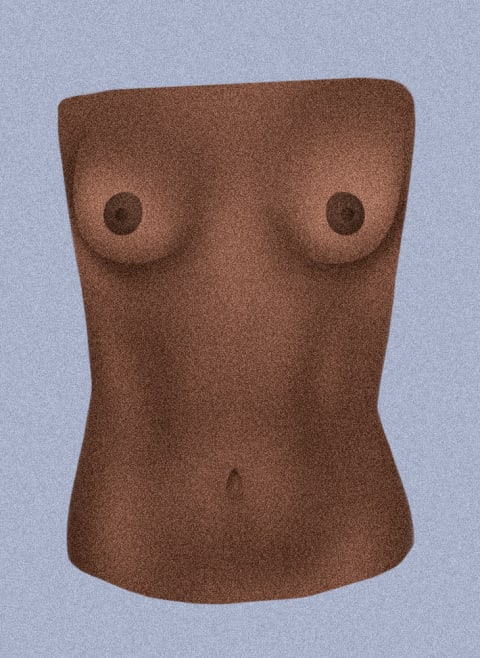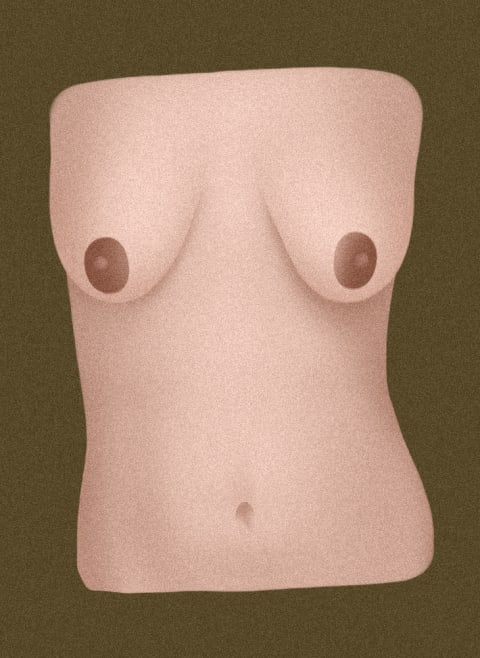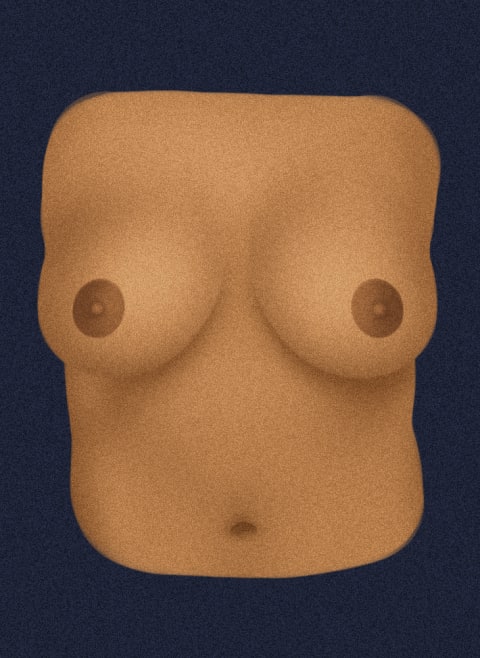“One myth to bust: Breasts are pretty much never symmetrical in size and shape,” Gilberg-Lenz adds. A person might have one boob that’s slightly bigger or slightly different in shape from the other. The nipples can also have a lot of variation from person to person: They can be small and flat, large and protruding, or inverted nipples, she says. “Body image is linked to physical and mental health,” Gilberg-Lenz says. “Eating disorders, mood disorders, and substance abuse have been linked specifically, in research, to the consumption of social media and negative feelings about looks, weight, and self-image.” Understanding that boobs and nipples come in a diverse range of sizes and shapes reminds us that “perfection only exists in marketing,” Trubow says. “We rarely see examples that reflect us. It’s important to remember that we’re all different. and every way we’re made is something to be celebrated.” “Discomfort around one’s body and breasts can create a psychological block that can inhibit sexual wellness,” certified sex coach Gigi Engle tells mbg. “I often find that a lack of body confidence is generally present when a client is experiencing some form of sexual distress, whether it’s low libido, trouble orgasming, lack of orgasm, etc.,” she says. Coming to accept, and eventually love, your breasts can open up opportunities for exploration in the bedroom. “Breasts can be a wonderful way to increase sexual arousal in both men, women, and folx of all genders,” Engle says. “The nerve endings in the nipples light up the genital-cortex, the same area of the brain that is activated when the genitals are aroused.” In other words, nipple play can lead to orgasm. According to Trubow, you should be feeling for a pebble or frozen pea-like lump. “It’s often something you can feel from all angles and doesn’t disappear from one direction,” she says. “It’s usually on the harder side, and either mobile (moves around) or can also be fixed in place.” If you’re someone with naturally lumpy breast tissue (aka fibrocystic breasts), to help distinguish this from something more concerning, Trubow says harmless lumps will generally be felt from one direction, but not palpable from another direction. “If you are menstruating, the best thing to do is examine your breasts a few days after your period ends when you are least tender, lumpy, and bumpy,” Gilberg-Lenz adds. “You will always know yourself the best! If you feel or see something different in the skin, nipple, under your arms/axilla, see your doc.” Your doctor can also give you recommendations for specific breast concerns. For example, if you do have naturally cystic breasts, Trubow says cutting down caffeine and improving iodine and B12 stores may improve the issue1. “Breast massage can potentially improve circulation, relieve pain and swelling, reduce tension and stress, and aid with breastfeeding,” licensed massage therapist Ben Brown, LMT, recently told mbg. “Plus, self-massage can center your mind, care for your body, and bring an overall sense of well-being.”



